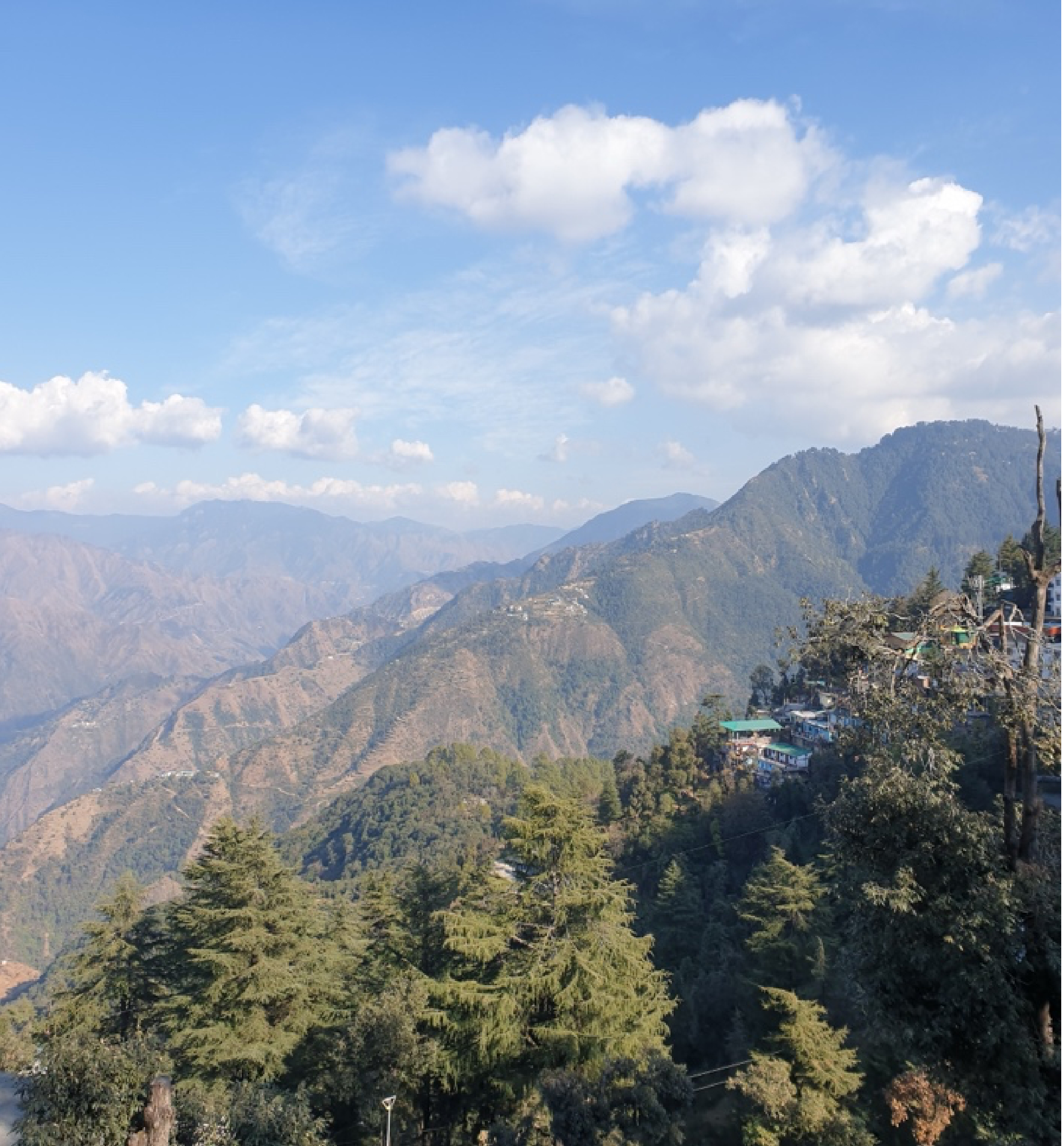The Laikipia, Samburu and Turkana counties are underdeveloped semi-arid
and arid lands in Northern Kenya. The frequent cross-border attacks and raids
on livestock by armed tribesmen in the region leads to a high number of
casualties and a stunting of development programmes among the pastoralist
communities in the region; there is limited access to basic welfare services,
most of which have been destroyed in the prolonged conflict. This
also has an adverse effect on the health of the women and children.
In recent years, Kenya has performed poorly on indicators of Maternal,
Newborn and Child Health (MNCH); the 2014 Kenyan demographic survey shows that
infant mortality rate in the country stood at 39 deaths per 1000 births, and
the World Bank survey assessed Maternal Mortality Rate (MMR) at 525 for the
same year. The widespread HIV infection and the prevalence of practices such as
Female Genital Mutilation (FGM) and beading (community sanctioned rape by a relative) also
have an adverse impact on the health of women in the region.
Pragya’s intervention is focusing on the MNCH levels in the area. We are conducting research and holding consultations with local community members
to generate qualitative data on the state of existing welfare services, reproductive
health & nutrition among women and the potential challenges to establishing
peer support networks in the region. The data collected after interacting with
the locals, and other participants will be validated at the village and country
level. The findings of the study will be collated, analyzed and published in
the form of a report.
The dissemination of the findings from the research will aim to
strengthen the local healthcare capacity, increase access to maternal and child
health services in the community and improve the local healthcare governance in
the region.





No comments:
Post a Comment